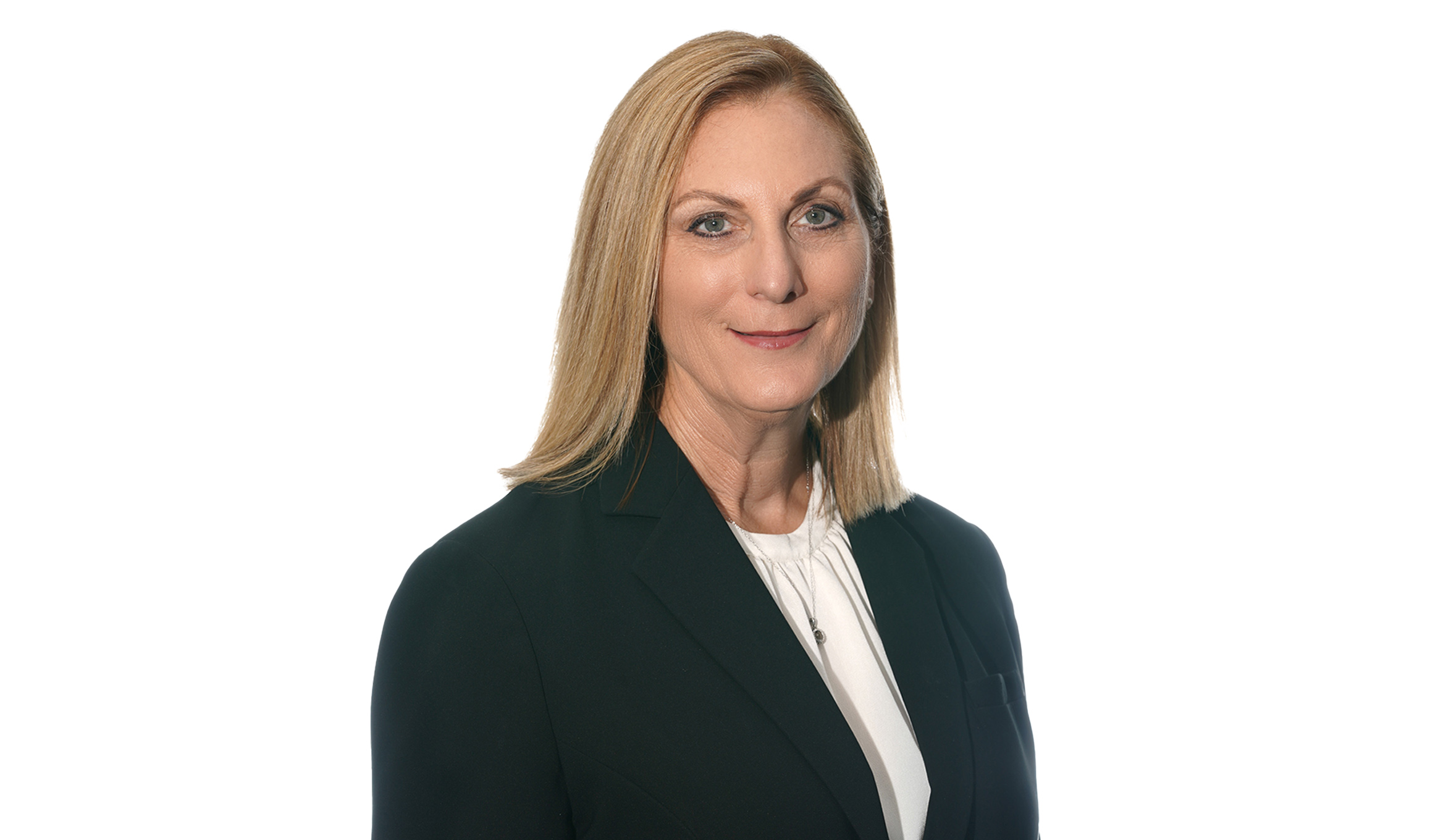According to one COO, there are four key considerations that law firm leaders must dedicate energy to if their businesses are to thrive in the new normal.

The past year, Dentons chief operating officer Dr Maureen Migliazzo (pictured) told Lawyers Weekly, has seen professional services businesses such as law firms experience “real panic and fear, through to resignation to the reality of now”.
Speaking recently on The Lawyers Weekly Show, Dr Migliazzo said adaptation of a firm’s business model, in accordance with the post-pandemic marketplace, will require attention to four key factors: real estate, remote working, tools for collaboration, and leadership style.
Real estate
One of the most pressing concerns for leaders such as COOs, Dr Migliazzo identified, is the quantum of space needed by law firms for commercial leases.
“Before the pandemic, the business market moved slowly to disrupt the status quo in terms of space requirements. It did not challenge actual utilisation and alternatives to fix cost space, such as homeworking, co-working spaces, and hoteling. But now, business is rethinking the traditional assumptions on space, finance, real estate facilities, HR, and technology,” she explained.
“I look at these functional silos and I think, ‘Are these going to collapse? What fresh thinking do we need to have to drive a smaller, more relevant real estate footprint?’ Landlords are going to have to offer shorter lease commitments, rent reductions, greater flexibility in premise use, and the growth of flex space, which has driven the growth of co-working space in the last decade.”
Such thinking will have to traverse a broad range of considerations, she continued, from dynamically changing use of space to more creative options, which enable the conversion of a fixed office space into facilities that better serve a business.
“It’s something that we all need to look at. I don’t know if we’re going to go as far as turning our space into a food and beverage outlet, for example, or a community wellness centre, but it could be a training space for some companies that we work with,” she suggested.
Remote working
Following on from the above issue is what comes next with remote working, Dr Migliazzo continued.
This necessarily includes, she noted, implementing suitable technological structures to support such a scattered workforce and ensuring optimal cyber-security measures are in place. A lesser-discussed aspect of remote working that must be actively considered, however, is how to physically support and evolve remote working options.
“Are we going to look at hubs where employees who live near each other invite colleagues over to co-work? We can also look at how we might use our space, reimagine our space, and offer unbooked space to other organisations,” she said.
“There’s all sorts of ways to look at the space that we have. Is there a borderless workspace where whole workforces can work in anywhere? We’re seeing that – we’re having staff say, ‘I’m moving to Brisbane’, when they originally worked in Sydney.
The most important thing, she surmised, is offering an “attractive, flexible response to people’s lives, maybe three days working from home, two days in the office”.
Tools
While the new ways of working seem great, Dr Migliazzo warned, it will be hugely challenging for firm leaders to keep an agile work system in “tip-top condition”. This, she said, will demand timely maintenance and effective management of the business’ collaborative tools.
“We’ve all had the video and audio conferencing, but how do we make sure that we have effective remote collaboration? How do we draw from people? How do we get people to speak up across multiple locations and time zones?” she asked.
“We’re a global law firm, so we do it all the time. Being at Dentons in Australia, we’re the last cab off the rank, and thus I often have calls at midnight or two in the morning, I don’t think people always look at what time it is for us. But how do we continue to communicate with our colleagues, not just in Australia but around Asia Pacific and the rest of the world, and set up a suitable video conference time that works for everybody.”
Leadership
Finally, Dr Migliazzo submitted that law firm leaders will have to continue developing and evolving their skill sets so as to drive the business forward.
“They have to have the courage to confront challenges and the new reality, and this means challenging leadership teams about, maybe, not running the business the way that you did before. We have to constantly be looking at changing business models, growth forecast, compensation plans, financial needs, and, the most important thing is our approach to attracting and retaining top talent,” she listed.
“I think, for a sector such as law, this is really a new era being ushered in by increased remote working and collaboration with clients that, in the past, would have probably been considered impossible as remote tasks.”
The transcript of this podcast episode was slightly edited for publishing purposes. To listen to the full conversation with Dr Maureen Migliazzo, click below:

Jerome Doraisamy is the managing editor of professional services (including Lawyers Weekly, HR Leader, Accountants Daily, and Accounting Times). He is also the author of The Wellness Doctrines book series, an admitted solicitor in New South Wales, and a board director of the Minds Count Foundation.
You can email Jerome at: